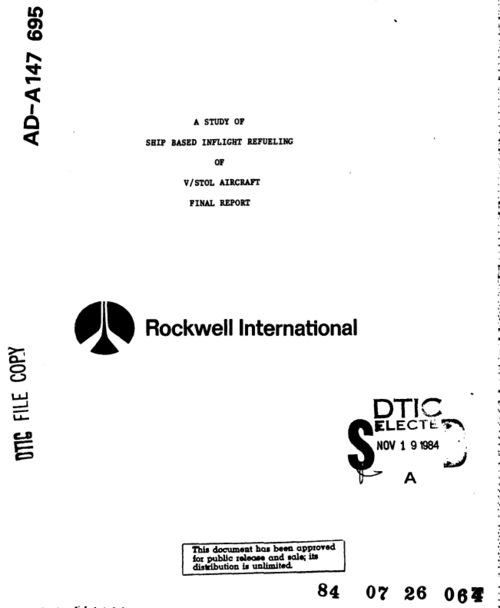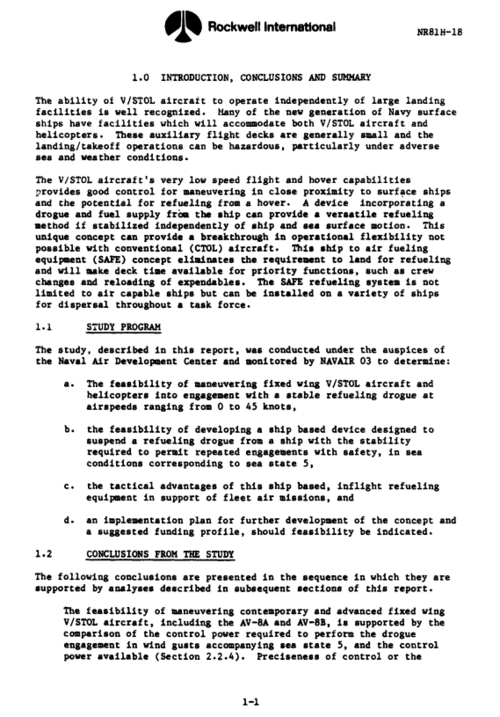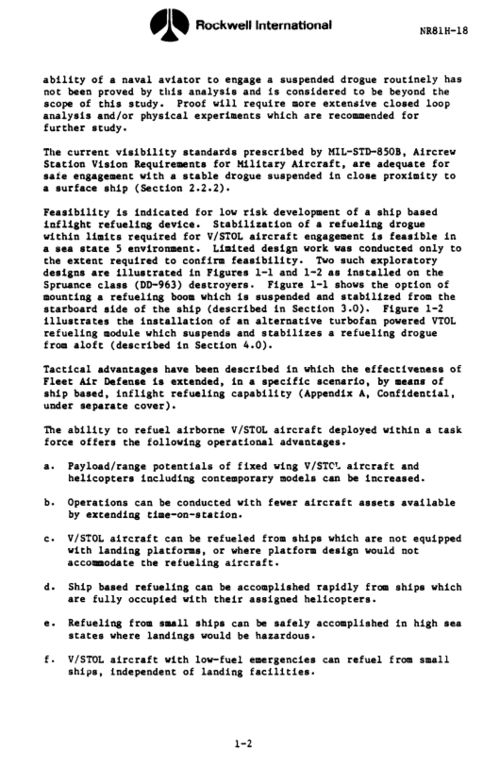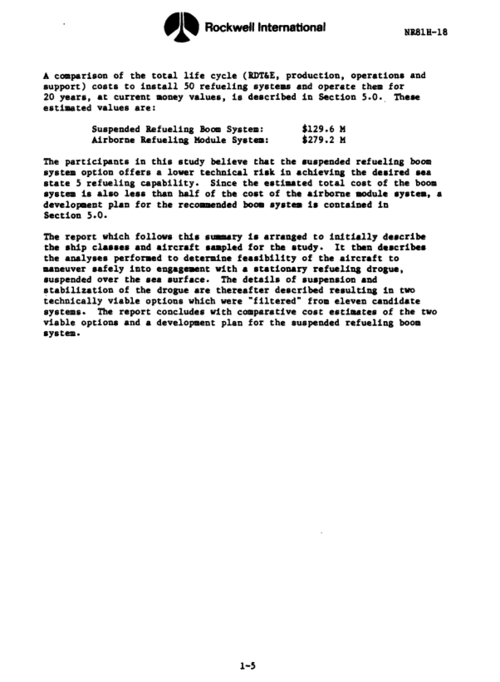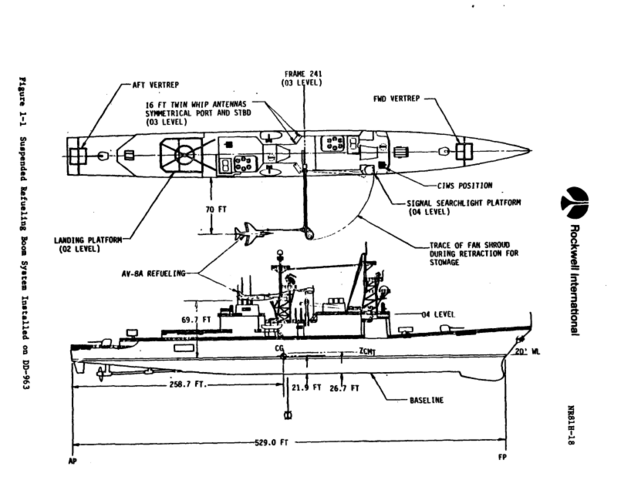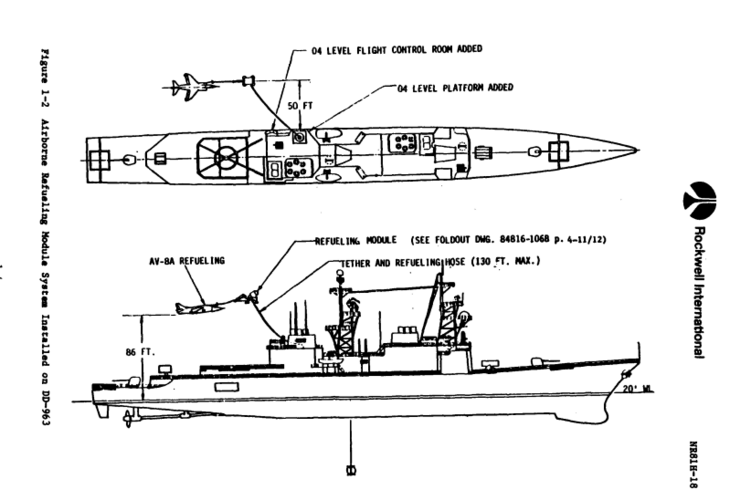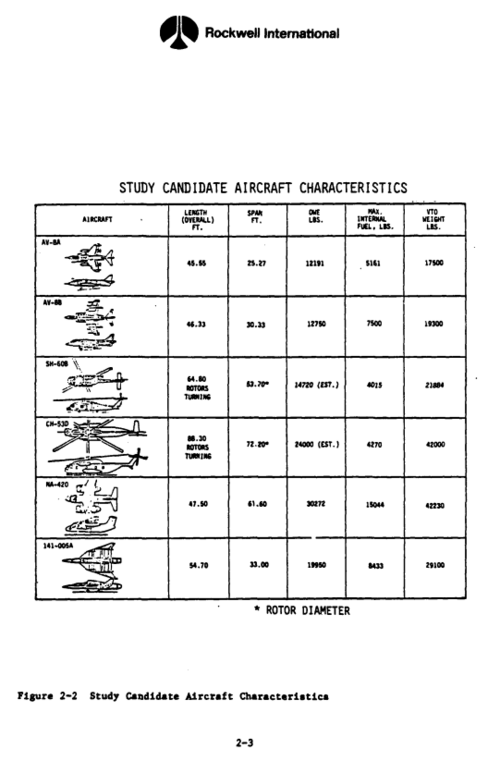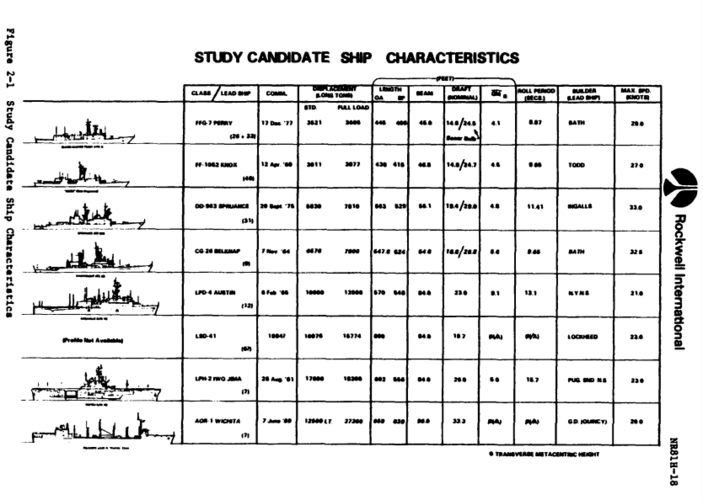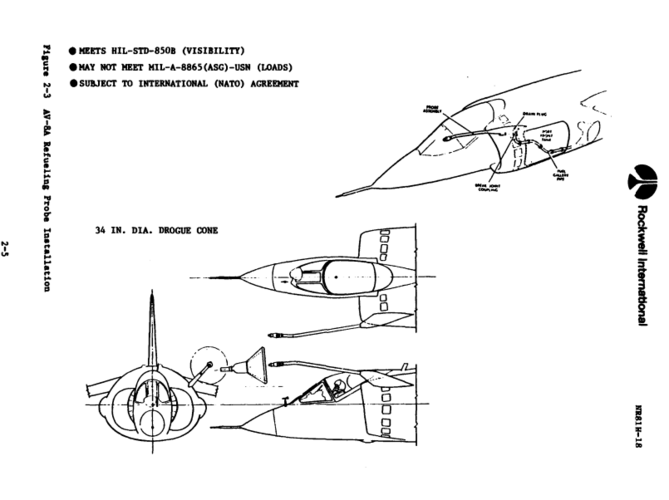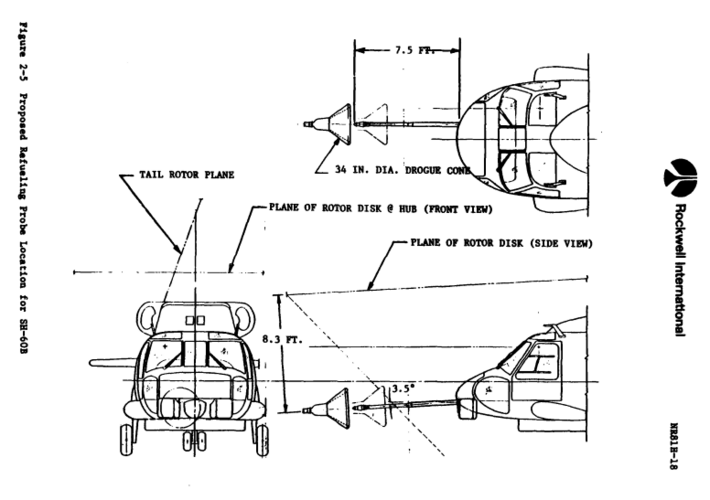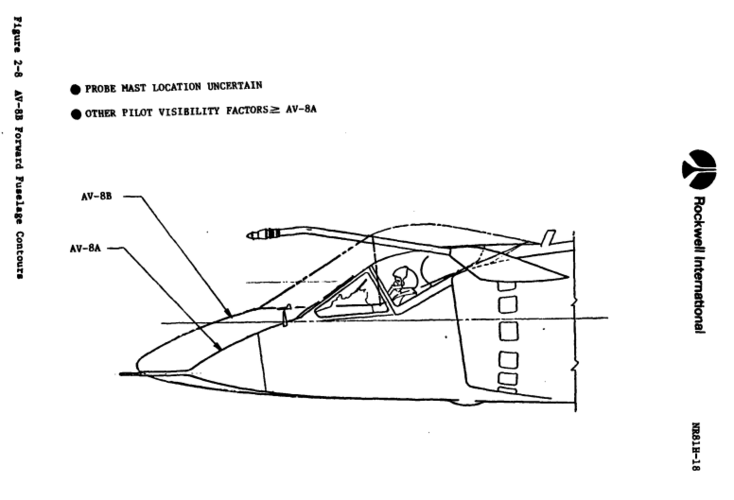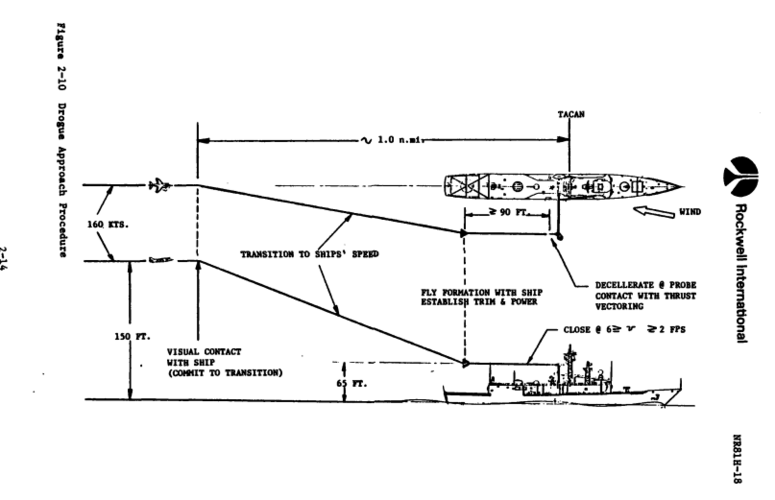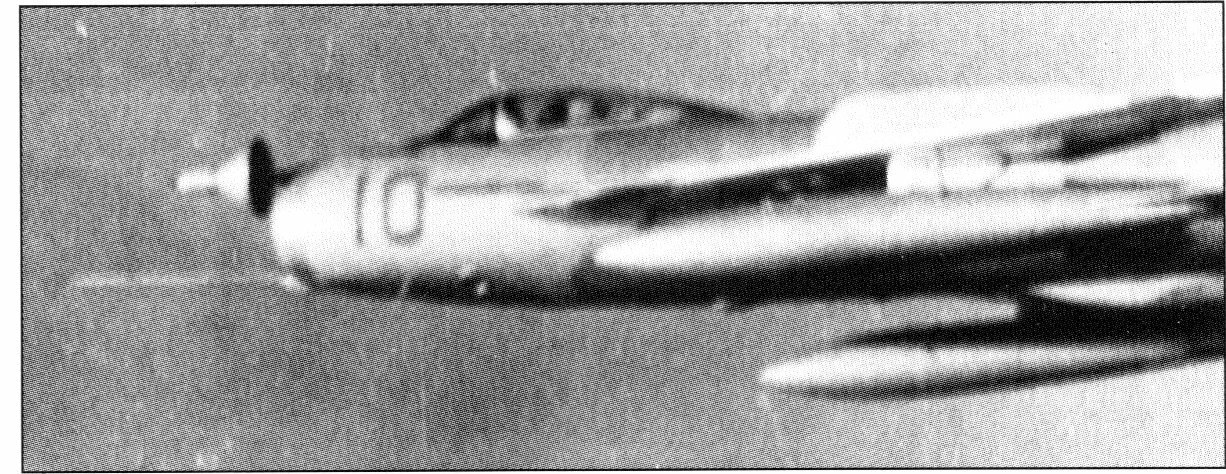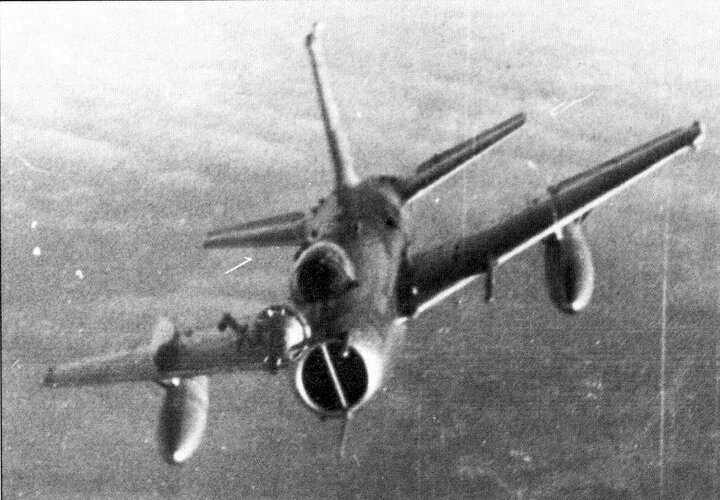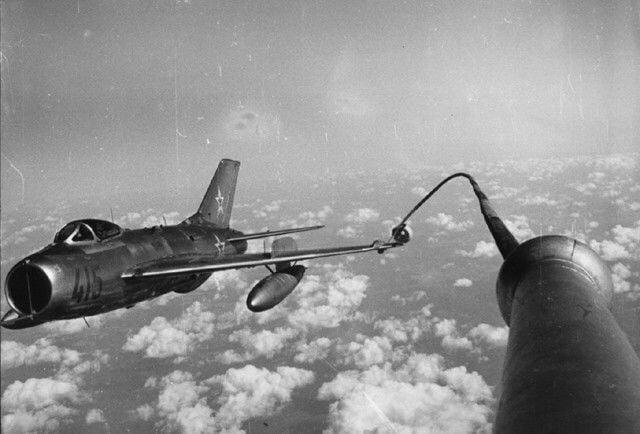There is a recently published book “History of Air-to-Air Refuelling” (which isn’t what it says, but is really a TECHNICAL history of Flight Refuelling Limited).
Here is a summary of what it says about the Tiger Force Lancasters and flight refuelling (there are pages and pages of technical drawings and explanations showing how the system worked) from pages 24 to 34. It covers a lot about the pre- and early-war work by Flight Refuelling Limited, but the following is only really about work associated with the far-east war :-
In 1942 the US Army Air Corps placed an order for a set of tanker and receiver equipment for a B-24 tanker and B-17 receiver aircraft. These conversions were complete and flight trials commenced in April 1943. The B-17’s range being “increased to 5,800 miles with full bomb load”. It was planned to take off from the Aleutians and land in China. These plans seem to have come to naught because of the time required to convert the aircraft and train crews and the coming of the B-29.
In the “latter part of 1943” there were plans made for the RAF to bomb Japan from bases in Burma. By 1944 it was decided that these were to be Lancasters equipped with the pre-war looped hose system (as were the B-17 and B-24). In January 1944 three different designs had been prepared, the third of which was adopted. In this the hose-drum and equipment was placed towards the front of the aircraft and the fuel supply consisted of two 640 imperial gallon (2,880 litres) tanks in the bomb bay.
50 sets of equipment were ordered for development and training. It was then intended to convert a total of 500 tanker and receiver aircraft to mount the long-range operations.
Originally the force was to be called “The Long-Ranged Force”
The prototype tanker (PB.972) and receiver (ND.648) aircraft had both been successfully flown by November 1944.
Not only were the two bomb bay tanks available, but also the Port and Starboard Inboard wing tanks (580 gallons [2,880 litres] in each)
The average fuel transfer rate was “better than100 imperial gallons (450 litres) per minute”.
AND;
“The trials for the Tiger Force operation were carried out with the prototype Lancaster tanker PB.972 and receiver ND.648, using the equipment described, and it proved that refuelling could be carried out at an indicated airspeed of 160 mph at any reasonable altitude, over or in cloud and at night, there being no difficulty in illuminating the receiver’s hauling cable.
Then, due to ”progress made in the Pacific Theatre” the whole programme of the Tiger Force was cancelled.
-------------------
The book later (page 39) states that post war that it supplied the US with sufficient equipment to convert 92 KB-29M aircraft to tankers and seventy-four B-29s and fifty-seven B-50As to receivers and implies that the 43rd Air Refuelling Squadron used this equipment in achieving their air-refuelled non-stop around-the-world flight between 26th February and 2nd March 1948 (???)

